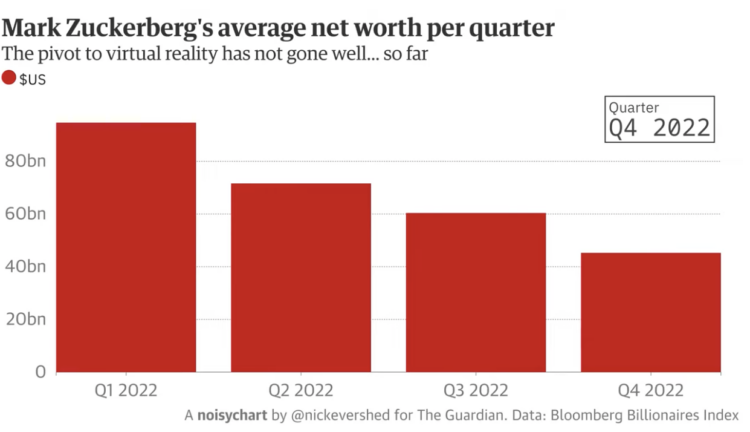For the past few years, Laurie Anderson has been using an AI chatbot to talk her husband who died in 2013. For the Guardian, Walter Marsh reports:
In one experiment, they fed a vast cache of Reed’s writing, songs and interviews into the machine. A decade after his death, the resulting algorithm lets Anderson type in prompts before an AI Reed begins “riffing” written responses back to her, in prose and verse.
“I’m totally 100%, sadly addicted to this,” she laughs. “I still am, after all this time. I kind of literally just can’t stop doing it, and my friends just can’t stand it – ‘You’re not doing that again are you?’
“I mean, I really do not think I’m talking to my dead husband and writing songs with him – I really don’t. But people have styles, and they can be replicated.”
One part of me feels like this isn’t the way to preserve a memory of someone who is gone, but the other part feels that I would do the same thing if I were in her situation and had the opportunity.
See also the man who trained an AI chatbot with old texts from his dead fiancee.
Tags: AI, chatbot, Guardian, Large Language Model





